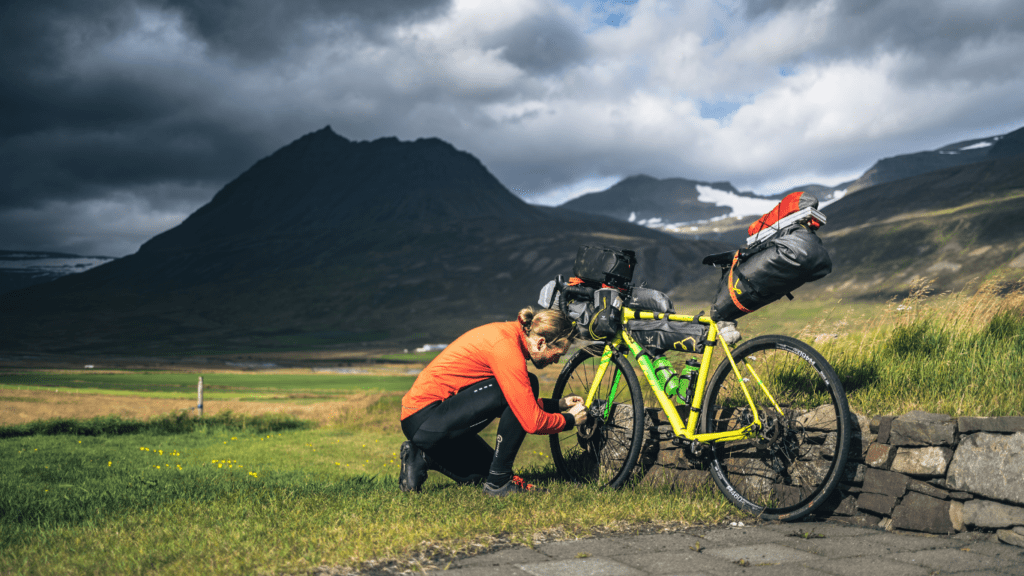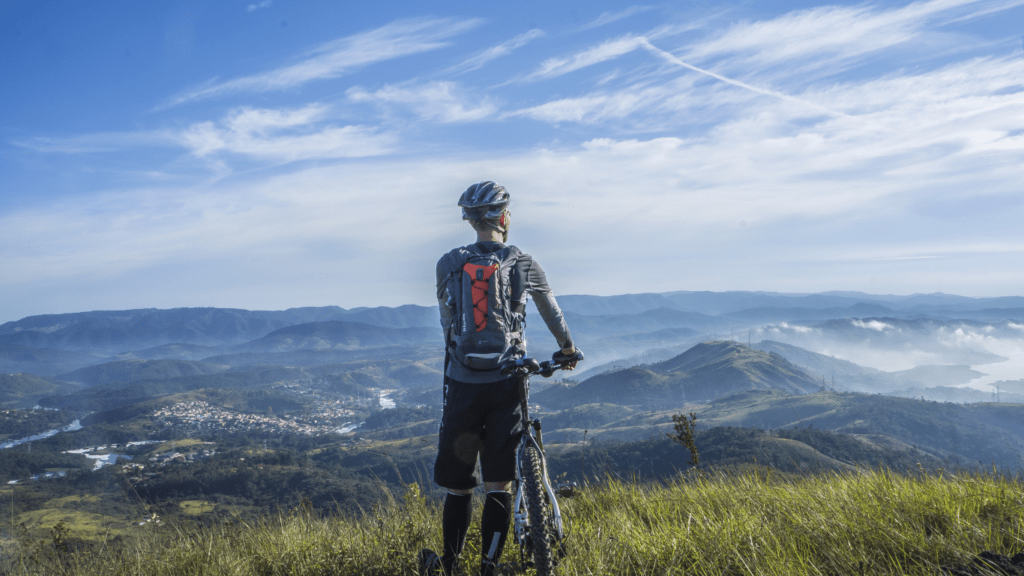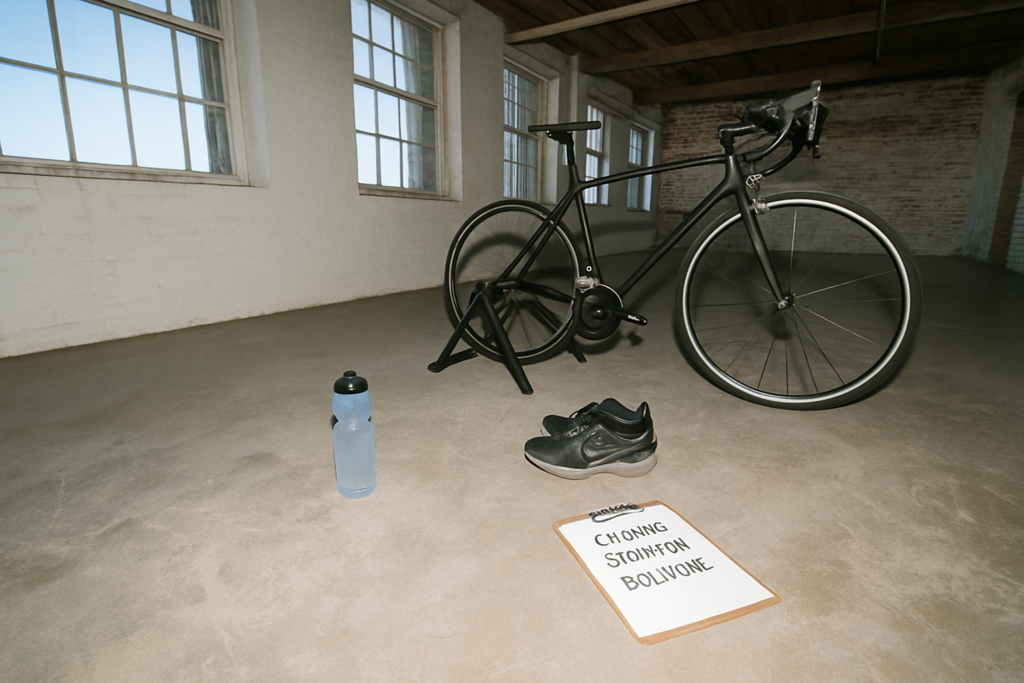Understanding Hill Climbing in Cycling
Hill climbing stands as a critical aspect of cycling fitness, offering multifaceted benefits to enthusiasts at any skill level.
What Is Hill Climbing?
Hill climbing involves cycling on inclines, ranging from gentle slopes to steep gradients. Obstacles here challenge both the body and mind, demanding strategic planning and technical execution.
Definitions of steepness vary, but generally, anything over 5% gradient qualifies as a hill. Specific terrains, like mountain routes, further escalate the challenge with longer climbs and higher altitudes.
Benefits of Hill Climbing for Cyclists
Hill climbing delivers numerous benefits for cyclists.
- Fitness Gains: Engaging in uphill cycling strengthens leg muscles, particularly the quadriceps, hamstrings, and glutes.
- Cardiovascular Health: Increased heart rates during climbs contribute to improved cardiovascular endurance. The heart pumps more blood, enhancing oxygen delivery to muscles.
- Endurance Building: Regular climbs train the body to sustain efforts over longer periods, critical for long-distance cycling.
- Mental Resilience: Overcoming challenging hills boosts mental fortitude, instilling confidence in tackling future obstacles.
- Calories Burned: Climbing burns more calories than flat riding, aiding weight management and overall fitness goals.
By integrating hill climbing into routine training, cyclists can experience substantial improvements in performance and overall health.
Essential Hill Climbing Techniques
Mastering hill climbing can transform your cycling performance.
Pacing Yourself
Maintaining a steady pace during a climb is critical. Avoid starting too fast; you’ll quickly burn out. Instead, find a sustainable speed. Monitor your heart rate and keep it within 75-85% of your maximum.
Consistent pacing builds endurance and prevents fatigue.
Gear Optimization
Selecting the right gear can make or break your climb. Use lower gears on steeper gradients. This reduces strain and helps maintain a steady cadence, ideally between 70-90 revolutions per minute (RPM).
Practice shifting gears smoothly to adapt quickly to changing slopes.
Position and Handling
Positioning affects your climbing efficiency. Keep your body relaxed and lean forward slightly. Grip the handlebars lightly and keep your elbows bent.
Use both seated and standing positions for variations in gradient and to alleviate muscle fatigue. Standing offers more power, while seated conserves energy.
Training Tips for Better Hill Climbing

Effective training is vital for cyclists aiming to improve their hill climbing skills. Below are some targeted strategies to enhance your performance on climbs.
Strength Training Exercises
Strength training builds the muscle power needed for hill climbing. Focus on exercises like:
- squats
- lunges
- deadlifts
to target the quadriceps, hamstrings, and glutes.
Using free weights can offer additional resistance, enhancing muscle growth and endurance. Incorporate 2-3 strength training sessions weekly to support cycling prowess.
Interval Training for Hills
Interval training simulates the demands of hill climbing. Alternate between high-intensity sprints and low-intensity recovery periods. For example, ride at maximum effort for 30 seconds, then pedal slowly for 90 seconds.
Repeat this cycle 6-8 times per session and include 2-3 sessions per week. This regimen boosts cardiovascular capacity and improves the ability to sustain effort during actual hill climbs.
Equipment and Gear Recommendations
Choosing the right equipment is essential for improving your hill climbing in cycling. Quality gear can make a significant difference in your performance and comfort.
Choosing the Right Bicycle
Selecting the right bicycle impacts how efficiently you can handle hills. Lightweight road bikes with a carbon frame are excellent choices. They reduce the effort needed to power up inclines.
Gravel bikes provide versatility if you encounter mixed terrains. Ensure the gearing ratio suits hill climbing; a compact crankset with a wide-range cassette offers lower gears, easing steep climbs.
Cyclocross bikes are another option, giving added stability on rough terrains.
Essential Accessories for Hill Climbing
Essential accessories optimize your hill climbing experience. Clipless pedals enhance pedaling efficiency. They allow for a more consistent power transfer by securing your feet to the pedals.
A comfortable saddle prevents soreness during long climbs. Bike computers or GPS units track your performance metrics, helping you monitor your progress and areas needing improvement.
Lightweight water bottles and cages are crucial for hydration without adding unnecessary weight. High-grip gloves, breathable jerseys, and padded shorts ensure comfort and better control during climbs.

 Hello, I'm Henry Kirkland, and I’m proud to be part of the Cycle Smooth Ride Long team. Cycling is more than just a sport for me—it’s a way of life. I’m here to share my passion and expertise with you, helping you navigate the world of cycling with confidence and joy.
Whether you’re a beginner looking to get started or a seasoned rider aiming to refine your skills, my goal is to provide you with the insights, tips, and guidance you need to make the most of your cycling journey. At Cycle Smooth Ride Long, we’re dedicated to creating a community where cyclists of all levels can connect, learn, and grow together.
Hello, I'm Henry Kirkland, and I’m proud to be part of the Cycle Smooth Ride Long team. Cycling is more than just a sport for me—it’s a way of life. I’m here to share my passion and expertise with you, helping you navigate the world of cycling with confidence and joy.
Whether you’re a beginner looking to get started or a seasoned rider aiming to refine your skills, my goal is to provide you with the insights, tips, and guidance you need to make the most of your cycling journey. At Cycle Smooth Ride Long, we’re dedicated to creating a community where cyclists of all levels can connect, learn, and grow together.
